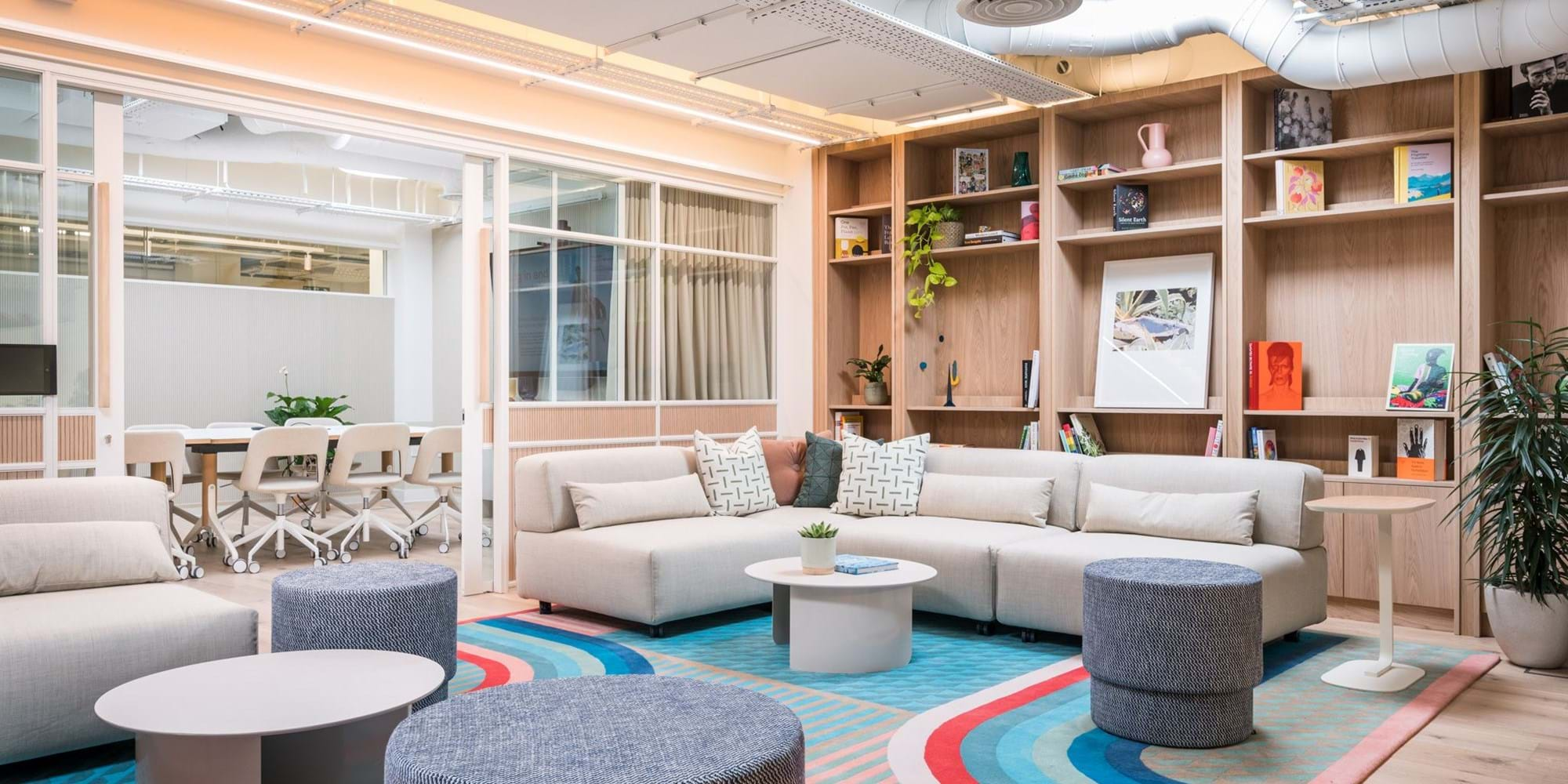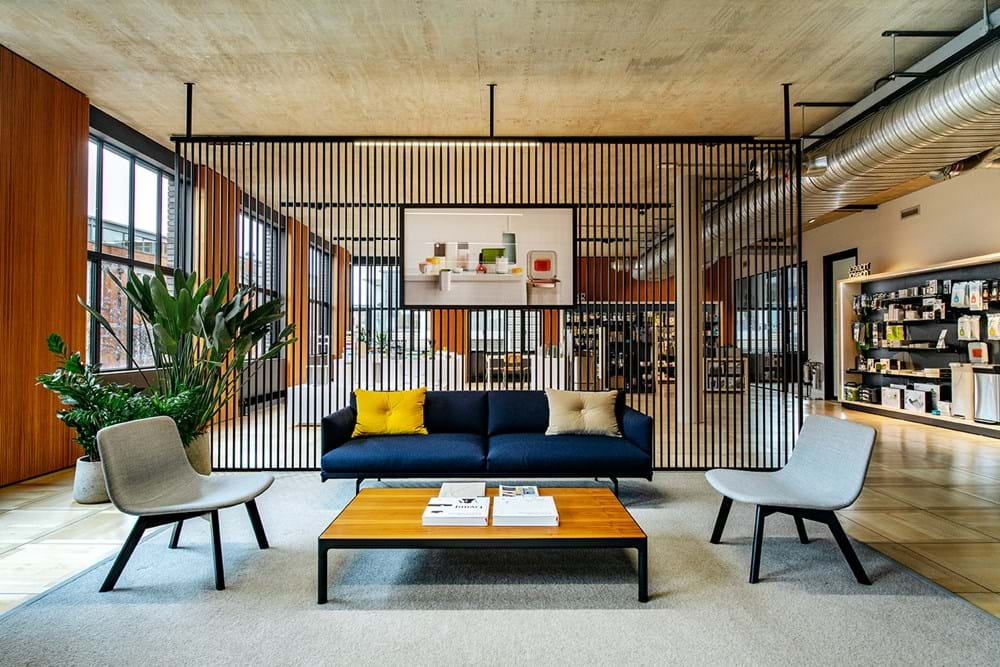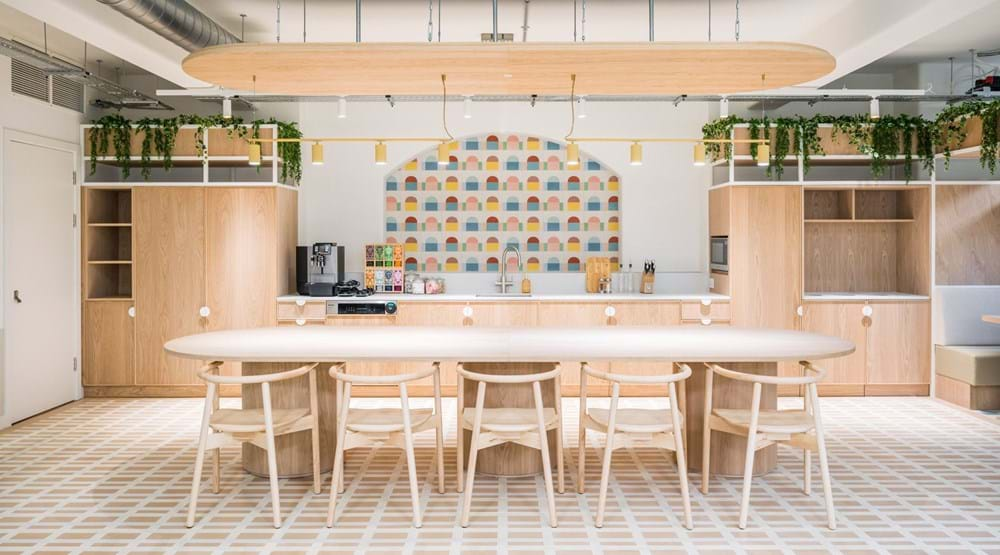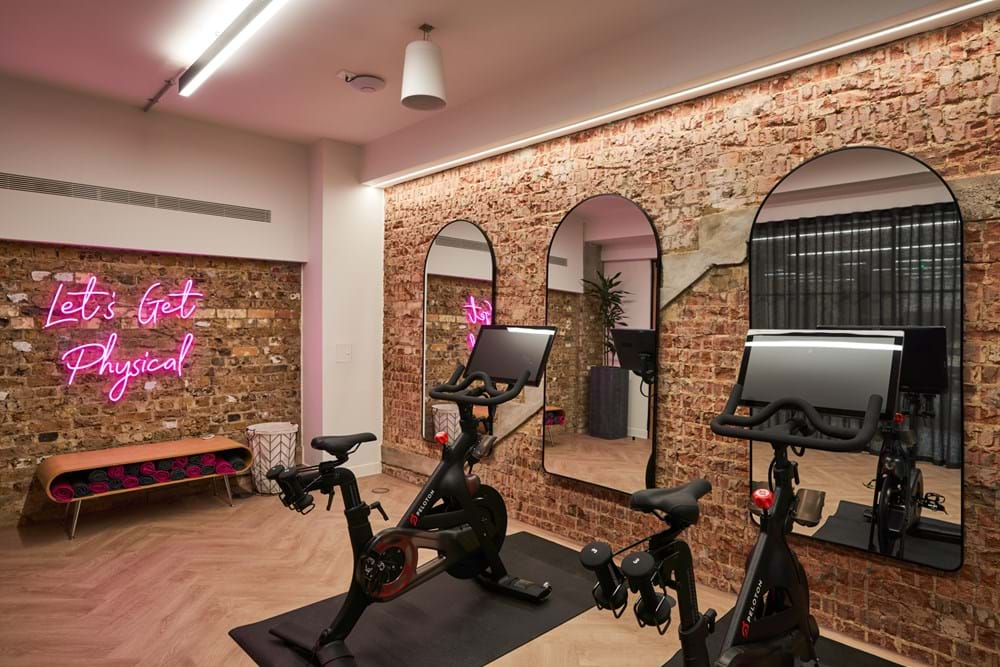Science-Informed Workplace Design for Mind and Body
As companies begin to lift their heads to look at the health impacts of the workplace beyond coronavirus, this comprehensive overview of scientific evidence in the field presents ways to improve our mood and performance.
As a result of nearly continuous updates from healthcare professionals on appropriate face masks, hand sanitisers and social distances, designing physical workplaces where people are less likely to catch Covid-19 has been discussed ad nauseam over the last couple of years.
However, science-informed workplace design can influence our physical health in many more ways than simply determining if we catch the virus. It can, for instance, influence the functioning of our immune system via environmental stressors, or encourage us to move more or eat healthier, which should, all else being equal, increase our longevity.
Environmental factors that make us physically healthier can also make us mentally healthier, and the best sorts of places not only boost both physical and mental health but also cognitive performance. Our brains work better for knowledge work. Research suggests that workplaces can boost physical and mental health while positively affecting cognitive performance when they do the following:
Seating Area at Joseph Joseph
Minimise Physical Stressors
Many situations can make us tense, from being in places that are too hot or too cold, to time in spaces that send us the message that no-one values us, to stretches in areas that give us the feeling that we don’t have at least some control over the world around us, to being asked to work in a place that’s stymying our efforts to get done what we need to do, for example.
Provide Level of Control
Samani and colleagues (2015) directly report that ‘employees need to have the ability to control their ambient conditions at workspace, which can motivate them to perform their tasks better and enhance their environmental satisfaction, effectiveness and creativity. . . Personal control over the workspace can reduce the negative effect of environmental distraction and improve individuals’ mood and enhance their level of environmental satisfaction, productivity and creativity at work.’
Send Positive Signals
When a workplace sends the message that users aren’t valued, because the workplace does not support the work that they do, or because it is run down, for example, users are stressed and their professional performance degraded. The only way to be certain what silent signals users are pulling from an environment, existing or proposed, is to ask them.

Shuffle Board at Alpha FX
Pay Attention to Details .
Task-based stressors can include seeing surface colours that degrade their analytical (red: Elliot and Aarts, 2011) or creative (creativity elevated by seeing green: Lichtenfeld, Elliot, Maier, and Pekrun, 2012) performance, or working in artificial lighting inconsistent with professional objectives (for example, Wessolowski, Koenig, Schulte-Markwort, and Barkmann, 2014), or not being able to focus when required. When employees lack at-work opportunities to mentally refresh, such as breakout or retreat spaces, stress levels rise and user mental health and performance are degraded (Gifford, 2014).
Foster Healthy Eating
A wide range of design decisions influence whether people are more likely to eat healthy foods than others. They range from surface colours to light intensity (for example, Biswas, Szocs, Chacko and Wansink, 2017) to what we’re looking at (viewing nature images has been tied to healthier choices by Kao, Wu, and Chiou. 2019). When design influences foods consumed, there are complex repercussions for mental health and performance.
Teapoint at Fora
Breathe Clean Air
MacNaughton, Pegues, Satish, Santanam, Spengler, and Allen (2015) found that ventilation above minimum standards enhances professional performance. Al Horr, Arif, Kaushik, Mazroei, Katafygiotou and Elsarrg, likewise, link good ventilation to better wellbeing and performance (2016).
Promote Activity
Being active burns calories, which, in our often too tubby world, is good for our health. Walking while working also has psychological bonuses (besides looking and feeling better). Studies show that while we’re walking and immediately afterwards, our cognitive performance, and particularly our creative performance, can be at a higher level (for example, Oppezzo and Schwartz, 2014). It is important to encourage good sleep habits (at home, of course). People who work in offices with more daylight sleep better at night than individuals who work in darker places (Harb, Hidalgo, and Martau, 2015), for example.
To sum up, and, as reported by Allen and Macomber (2020) and Colenberg, Jylha and Arkesteijn (2021), research consistently links effective workplace design to elevated professional performance and better mental and physical health.
Fitness Studio at Adyen
This article is based on a research piece ' Science-informed workplace design for mind and body’, authored by Sally Augustin, a practicing environmental design psychologist based in Chicago, for WORKTECH Academy. Workplace Futures Group is a Corporate Member of the Academy, which is a global online platform and membership organisation for the future of work and workplace design.
Click here to read our recent blog on recognising stress in the workplace to see if your workplace is in need of a makeover.



